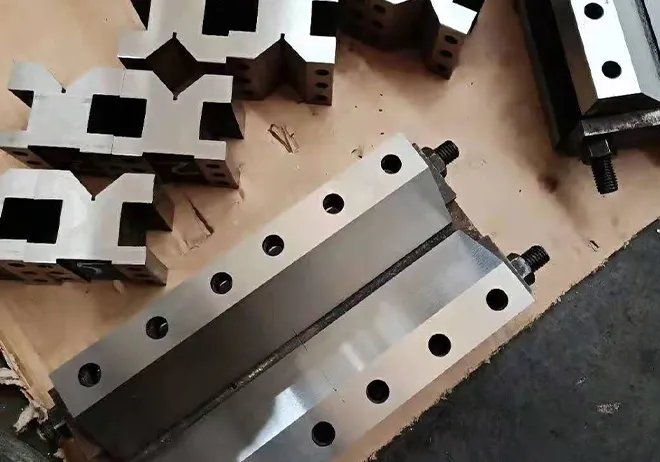12 月 . 04, 2024 16:34 Back to list
Types of Butterfly Valve Seats for Optimal Performance and Efficiency
Understanding Butterfly Valve Seat Types
Butterfly valves are crucial components in various industrial applications, especially in control systems where modulating the flow of fluids is essential. One of the key features that dictate the efficiency and performance of a butterfly valve is its seat design. The seat is the part of the valve that provides a sealing surface when the valve is closed, preventing leaks and ensuring optimal operation. There are several types of butterfly valve seats, each tailored for specific applications and conditions. This article aims to explore these seat types, highlighting their characteristics, benefits, and suitable applications.
1. Rubber Seat
The rubber seat is one of the most commonly used seat types in butterfly valves. Manufactured from materials such as EPDM (ethylene propylene diene monomer), neoprene, or nitrile, this seat is known for its elasticity and ability to form a tight seal. Rubber seats are ideal for applications that involve water, sewage, and gases, where a non-corrosive seating material can withstand varying pressures. Their flexibility allows for a significant degree of misalignment, making them a practical choice in less precise installations.
Benefits - Excellent sealing capability - Good vibration absorption - Cost-effective solution for many applications
Suitable Applications - Water treatment facilities - HVAC systems - General industrial processes
Polytetrafluoroethylene (PTFE), commonly known as Teflon, has emerged as another popular option for butterfly valve seats. PTFE seats offer high chemical resistance and can withstand extreme temperatures, making them suitable for corrosive environments. When purity is paramount, PTFE's non-stick properties also help maintain clean sealing surfaces, preventing the accumulation of debris.
Benefits - High resistance to chemicals and solvents - Wide temperature range suitability - Low friction coefficient for easier operation
Suitable Applications - Pharmaceutical and food processing industries - Chemical manufacturing - Applications requiring strict hygiene standards
butterfly valve seat types

3. Metal Seat
Metal seats are designed for applications with high-pressure and high-temperature requirements. Typically made from stainless steel or other alloys, metal seats provide enhanced durability and longevity compared to rubber or PTFE seats. They are ideal for scenarios where the valve experiences frequent cycling or extreme environmental conditions.
Benefits - Exceptional durability and strength - High-temperature resistance - Performance under extreme conditions
Suitable Applications - Power generation plants - Oil and gas industries - Chemical processing under high pressure
4. Fire-Safe Seat
Fire-safe seats are engineered specifically to withstand extreme temperatures and prevent leakage in case of a fire. These seats often integrate both metal and resilient materials to accomplish compliance with fire safety standards. They are essential in industries where safety and environmental sustainability are critical.
Benefits - Enhanced safety features - Compliance with fire regulations - Reliable performance in emergency situations
Suitable Applications - Petrochemical industries - Refineries - Any facility requiring stringent fire safety measures
Conclusion
Choosing the right butterfly valve seat is an essential component in ensuring optimal valve performance, safety, and efficiency in fluid control systems. Understanding the specific characteristics, benefits, and applications of the various seat types—rubber, PTFE, metal, and fire-safe—allows engineers and procurement specialists to make informed decisions that cater to their unique operational needs. Proper seat selection not only enhances the valve's functionality but also contributes to overall system reliability and performance. As industries continue to evolve, advancements in materials and technology will likely yield even more options, further improving the effectiveness of butterfly valves in various applications.
-
Y Type Strainers: A Comprehensive GuideNewsOct.18,2024
-
Understanding Water Valve Options for Your NeedsNewsOct.18,2024
-
Functions and TypesNewsOct.18,2024
-
An Essential Component for Fluid SystemsNewsOct.18,2024
-
Adjustment and ReplacementNewsOct.18,2024
-
Slow Closing Check Valves: A Key Component in Fluid SystemsNewsOct.08,2024
Related PRODUCTS









